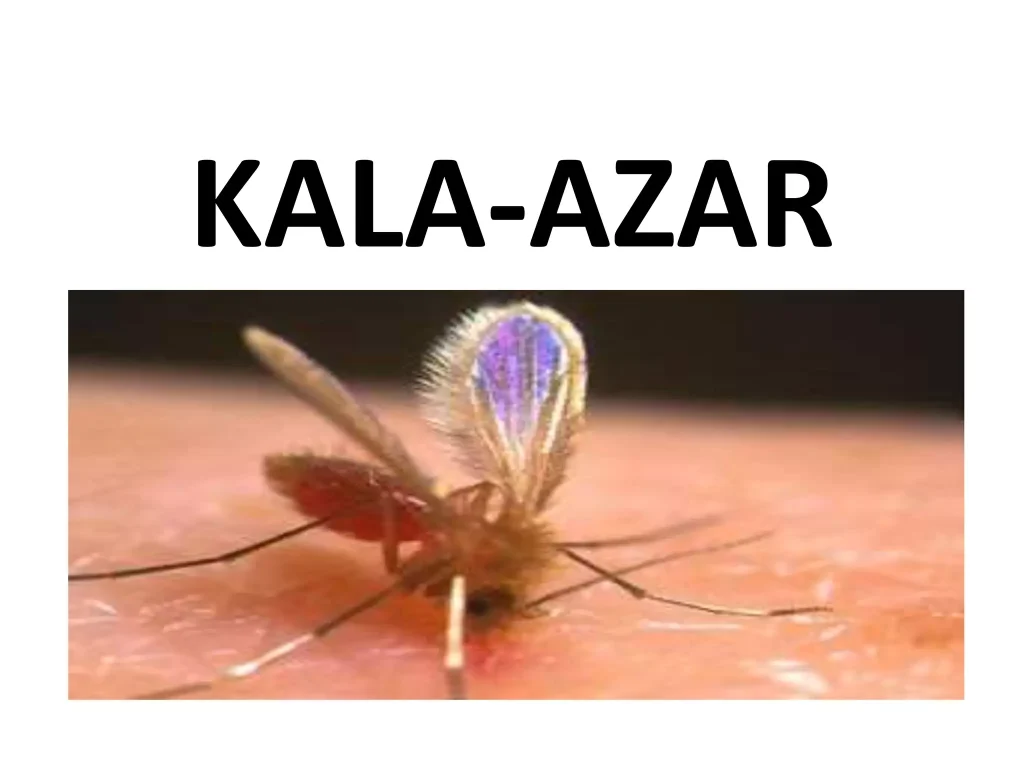Current Context:
In 2023, India achieved its first-ever target of eliminating Kala Azar which was set by the World Health Organization (WHO).
About Current Context:
- The National Vector Borne Disease Control Programme reported a decrease in Kala Azar cases and deaths from 891 cases and three deaths in 2022 to 595 in 2021.
- In October 2023, Bangladesh became the first country in the world to be officially validated by the WHO for eliminating Kala Azar as a public health problem.
About kala azar:
- Kala-azar, or visceral leishmaniasis, is an indigenous disease caused by a protozoan parasite of the genus Leishmania.
- This is sometimes referred to as Black Fever or Dumdum Fever.
- In India, Leishmania donovani is the sole parasite that causes this illness.
Transmission and Symptoms:
- Kala-azar, a disease primarily transmitted by sandflies, is the only known vector in India, specifically from the species Phlebotomus argentipes.
- It causes fever, weight loss, and swelling of the spleen and liver. If not treated, it can be deadly in 95% of instances.
Stats:
- India reported 530 cases and four fatalities in 2023, a decrease from prior years.
- Additionally, there were 286 occurrences of post-kala azar dermal leishmaniasis (PKDL).
What is post -kala azar dermal leishmaniasis (PKDL)?:
- Post Kala-azar Dermal Leishmaniasis (PKDL) is a condition when Leishmania donovani invades skin cells, resides and develops there and manifests as dermal leisions.
- Some of the kala-azar cases manifests PKDL after a few years of treatment.
- Recently it is believed that PKDL may appear without passing through visceral stage.
Treatment:
- In India, the main therapy for kala-azar is injectable liposomal amphotericin B.
- For PKDL, the conventional therapy is 12 weeks of oral miltefosine, with the dosage adjusted according to the patient’s age and weight.
Prevention and control
- Early diagnosis and effective prompt treatment: WHO-negotiated price schemes and medicine donation programs have improved access to effective anti-leishmanial medicines, particularly for kala-azar, reducing disease prevalence, preventing disabilities, and monitoring disease spread.
- Vector control: Control methods for disease transmission include insecticide spray, insecticide-treated nets, environmental management, and personal protection, aimed at reducing the number of sandflies.
- Effective disease surveillance: Prompt monitoring and action are crucial during epidemics and high case fatality rates under treatment.
- Social mobilisation and strengthening partnerships: Effective behavioral change interventions must be locally adapted and partnered with various stakeholders and vector-borne disease control programs for effective community mobilization and education.
Also Read:
Green Hydrogen: A Clean Energy Solution for a Sustainable Future

